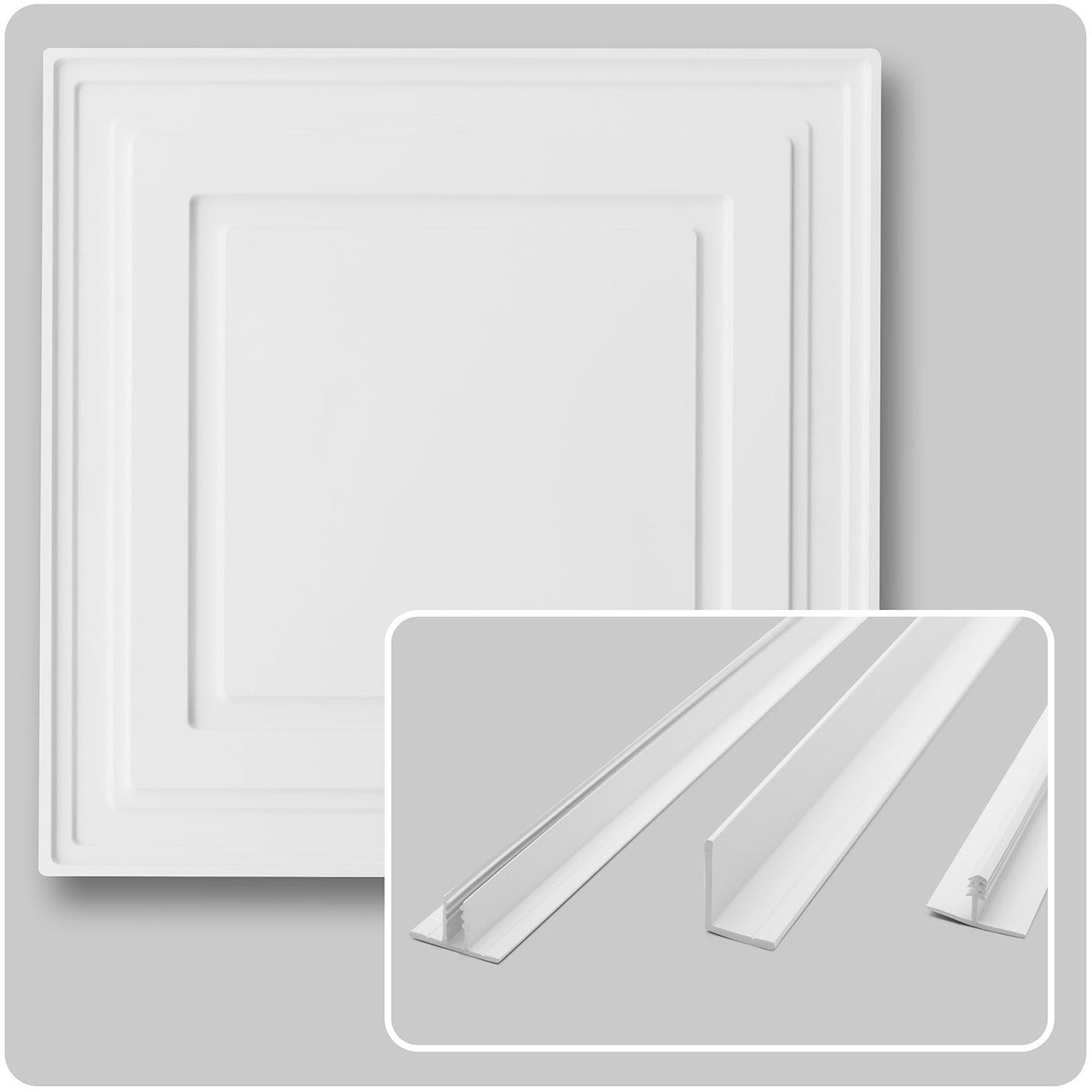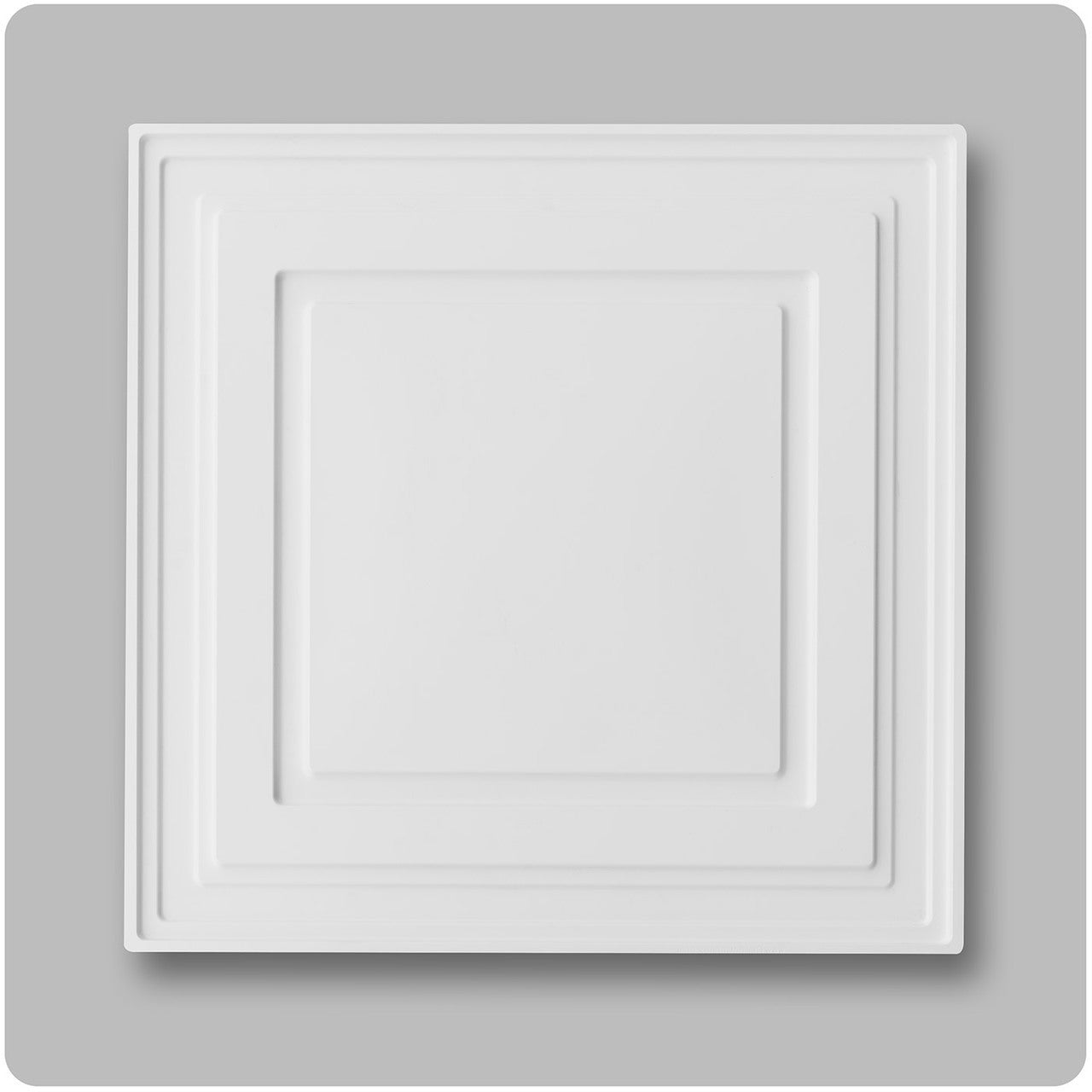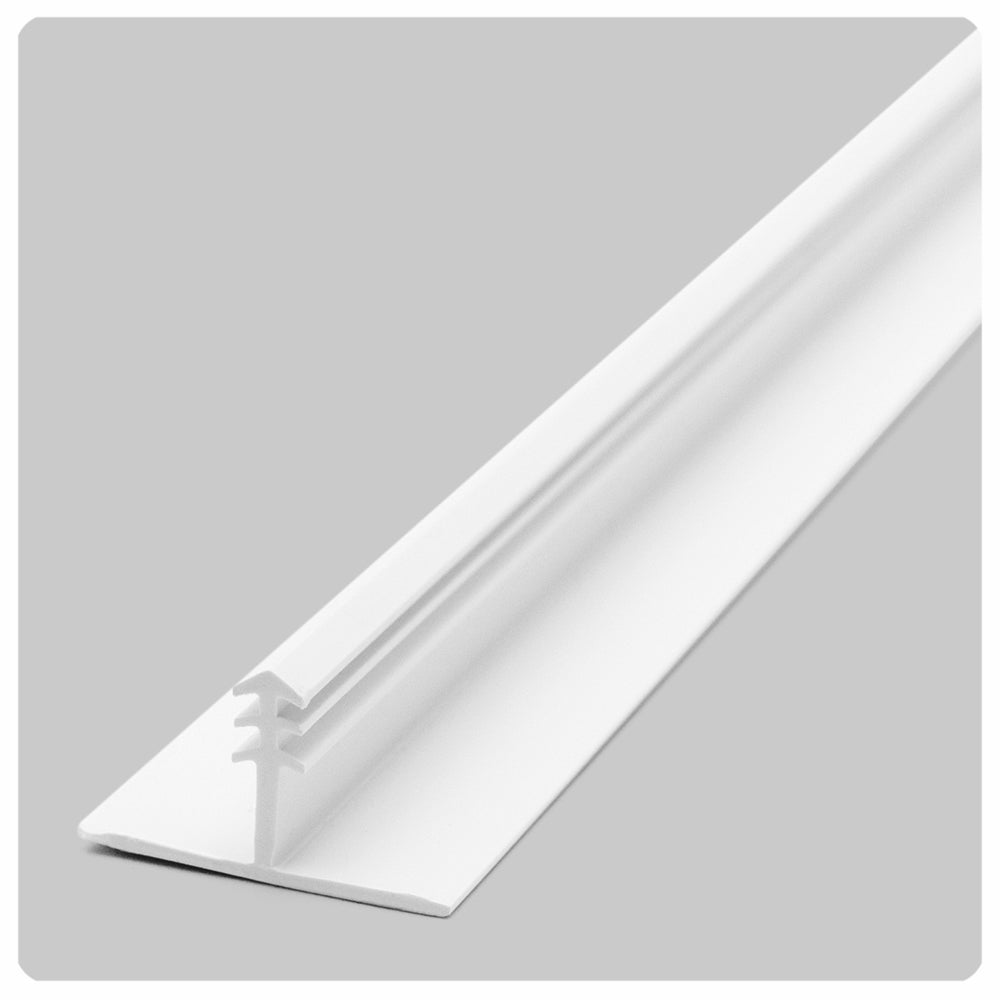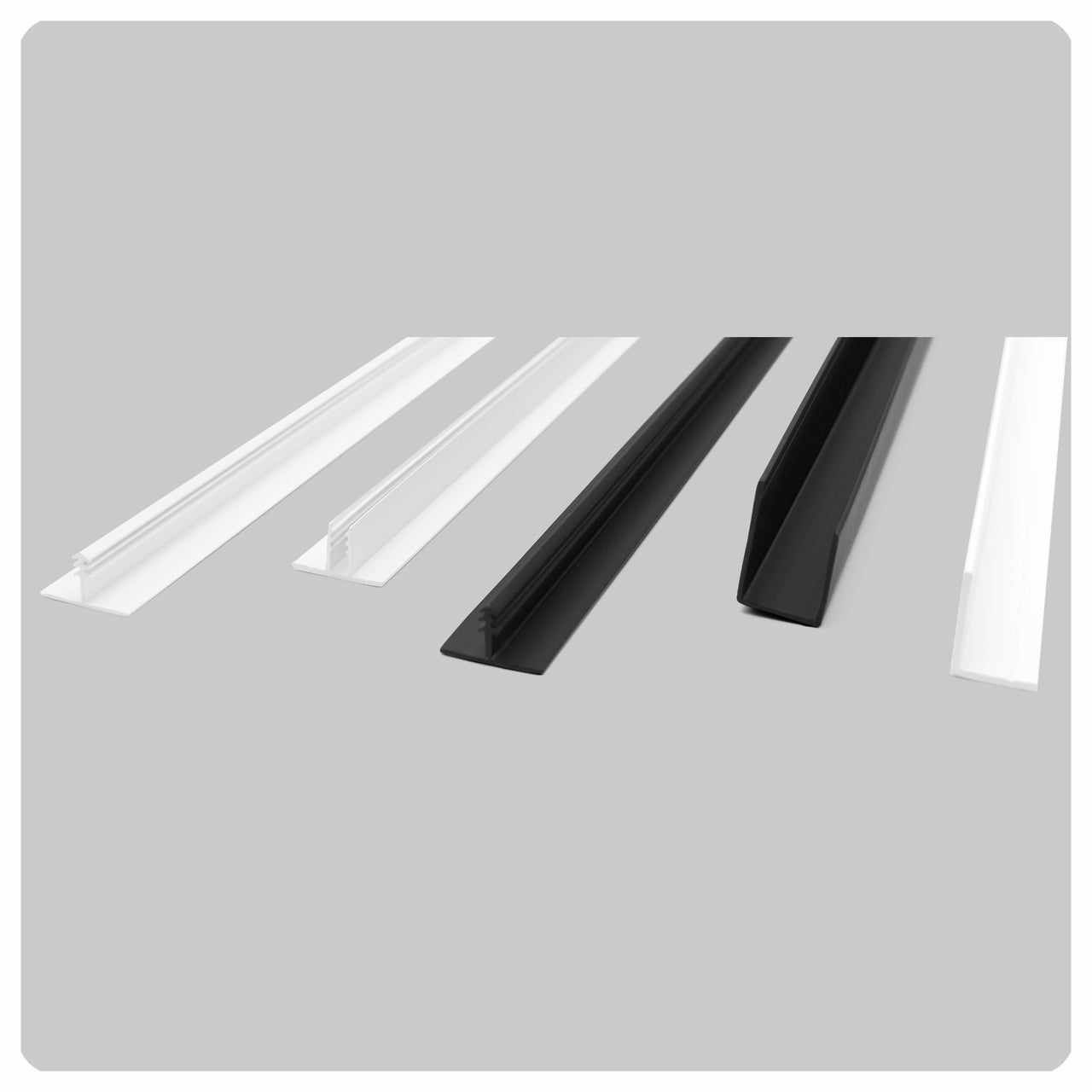If you are trying to select a ceiling designs, you’ll have lots of options. Let’s look at some of the different styles and systems you can choose for your home...
Dropped Ceilings (aka Hanging Ceilings or Suspended Ceilings)
It goes by many names, but a dropped ceiling provides a simple way to install a ceiling system while still having access to wires, plumbing, HVAC pipes, and other utility materials that are hiding in the ceiling. They are a common choice for offices and commercial space, but they can also be used to effectively finish a basement.
While they can be convenient to install, a dropped ceiling takes as much as six inches or height away from the room, creating problems if the area already has a low overhead.
Direct-Mount Ceilings
One of the most popular and versatile forms of ceilings, a direct-mount system is perfect for many different areas of the home. These ceilings are different from hanging ceilings because instead of hanging from wires a foot below the joists, a direct mount ceiling grid is attached right to the structure. This saves up to a foot or overhead space, making a direct mount ceiling system the right choice for basements and office spaces with low ceilings.
With a direct mount system from CeilingConnex, you or an installation professional can quickly attach the ceiling while retaining simple access to pipes and wiring running through the joists. If you have space that needs a convenient and attractive ceiling but also want to have access to utility components, a direct mount would be the smart choice.
Sheetrock Ceilings
While they have no style or visual appeal, using sheetrock to finish off a ceiling is another option. It can usually be done quickly, although the heavy sheetrock panels require at least two people and can be difficult to handle, especially when lifting them above your head.
Sheetrock is a common choice for finishing a ceiling, but the issue of access becomes a problem. If it is used on a basement ceiling and a water leak occurs, you’ll need to remove and replace a large section of sheetrock, if not the entire ceiling. With a tile ceiling, however, you simply have to replace the tiles that were damaged.
Ceiling Planks
For one of the most decorative ceilings possible, you can choose to install ceiling planks. They are usually installed with a tongue-and-groove system that allows one panel to fit snugly into the other. These planks can be installed to fit a wide range of styles, but they can be very costly compared to other ceiling systems.
Like a sheetrock ceiling, ceiling planks do not allow for access to utilities once they have been installed, so they are not a great choice for basements or other areas where pipes and wires run through the joists.
Tray Ceilings
One of the most unique and stylish types of ceilings, a tray ceiling is built to resemble a tray turned upside down. They are usually flat with the center of the ceiling rising upward about six inches to a foot. This style generates depth for the room and can be used in conjunction with lighting to give a warm, soothing ambiance. This is a common type of ceiling for formal dining rooms.
In tray ceilings, decorative tile is a great way to add dynamics and depth to the raised potion. In this case, a direct-mount portion with grid and mission ceiling tiles would be a great choice.
Improve Your Home with a Direct Mount Ceiling
Contact CeilingConnex today to learn more about our excellent direct mount ceiling systems. You’ll get a high-quality ceiling that will enhance your entire home, so contact us today!




